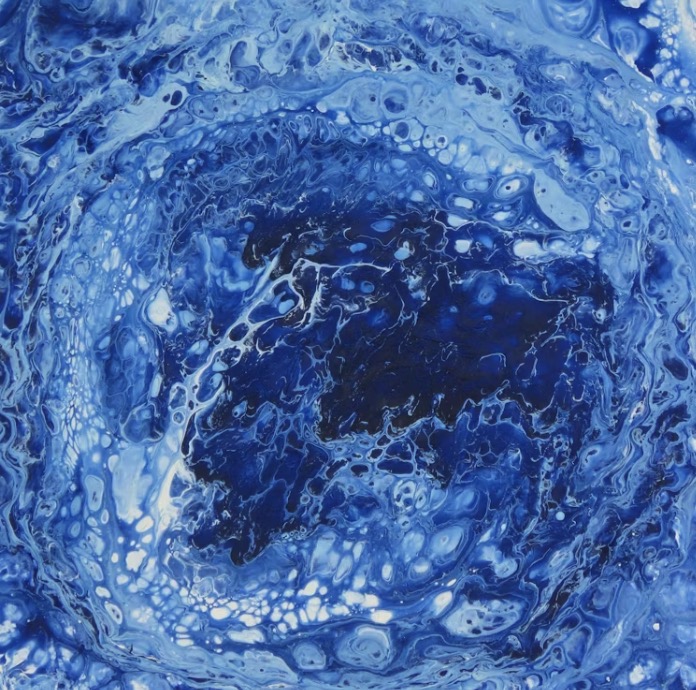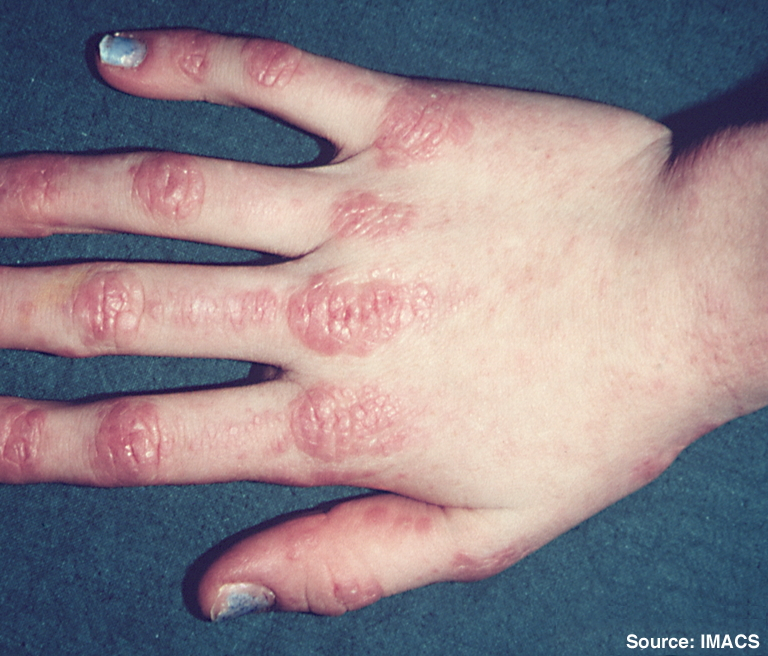IL-17-producing double-negative T cells are expanded in the peripheral blood, infiltrate the salivary gland and are partially resistant to corticosteroid therapy in patients with Sjögren’s syndrome

Published: October 31 2013
Abstract Views: 3611
PDF: 914
Publisher's note
All claims expressed in this article are solely those of the authors and do not necessarily represent those of their affiliated organizations, or those of the publisher, the editors and the reviewers. Any product that may be evaluated in this article or claim that may be made by its manufacturer is not guaranteed or endorsed by the publisher.
All claims expressed in this article are solely those of the authors and do not necessarily represent those of their affiliated organizations, or those of the publisher, the editors and the reviewers. Any product that may be evaluated in this article or claim that may be made by its manufacturer is not guaranteed or endorsed by the publisher.
Similar Articles
- P. Sukhadiya, P. Kumar, D.S. Meena, A. Kumar P.H., N. Vijayan, P. Garg, M.K. Garg, Unmasking of systemic lupus erythematosus in a patient with hemophagocytic lymphohistiocytosis- macrophage activation syndrome (HLA-MAS) and diffuse alveolar hemorrhage , Reumatismo: Vol. 74 No. 4 (2022)
- M. Vadacca, D. Margiotta, D. Sambataro, F. Buzzulini, M. Lo Vullo, A. Rigon, A. Afeltra, BAFF/APRIL pathway in Sjögren syndrome and systemic lupus erythematosus: relationship with chronic inflammation and disease activity , Reumatismo: Vol. 62 No. 4 (2010)
- A. Alunno, G. Nocentini, O. Bistoni, M.G. Petrillo, E. Bartoloni Bocci, S. Ronchetti, E. Lo Vaglio, C. Riccardi, R. Gerli, Expansion of CD4+CD25-GITR+ regulatory T-cell subset in the peripheral blood of patients with primary Sjögren's syndrome: correlation with disease activity , Reumatismo: Vol. 64 No. 5 (2012)
- E. Shahi, C. Donati, M. Gattinara, I. Pontikaki, V. Gerloni, Primary Sjögren syndrome: report of a 10 years old girl with local edema and positivity of anti SS-A and anti SS-B autoantibodies , Reumatismo: Vol. 63 No. 2 (2011)
- R. Talotta, A. Berzi, F. Atzeni, D. Dell'Acqua, P. Sarzi Puttini, D. Trabattoni, Evaluation of Th9 lymphocytes in peripheral blood of rheumatoid arthritis patients and correlation with anti-tumor necrosis factor therapy: results from an in vitro pivotal study , Reumatismo: Vol. 68 No. 2 (2016)
- A. Hosseinzadeh, S. Soukhtehzari, M. Ghaedi, R. Mansouri, Metabolism plays the key roles in Th cells differentiation , Reumatismo: Vol. 68 No. 4 (2016)
- C. Giacomelli, R. Talarico, C. Baldini, L. Bazzichi, Pain in Sjögren’s syndrome , Reumatismo: Vol. 66 No. 1 (2014)
- P. Galozzi, O. Negm, E. Greco, N. Alkhattabi, A. Gava, P. Sfriso, L. Fairclough, I. Todd, P. Tighe, L. Punzi, Ex vivo and in vitro production of pro-inflammatory cytokines in Blau syndrome , Reumatismo: Vol. 66 No. 4 (2014)
- A. Alunno, V. Caneparo, F. Carubbi, O. Bistoni, S. Caterbi, M. Gariglio, E. Bartoloni, S. Landolfo, R. Gerli, Interferon gamma-inducible protein 16 (IFI16) and anti-IFI16 antibodies in primary Sjögren’s syndrome: findings in serum and minor salivary glands , Reumatismo: Vol. 67 No. 3 (2015)
- P. Scagliusi, M. D'Amore, S. D'Amore, A. Scagliusi, Sjogren’s syndrome: apoptosis by anti-SSA and anti-SSB antibodies , Reumatismo: Vol. 58 No. 2 (2006)
1-10 of 274
Next
You may also start an advanced similarity search for this article.












